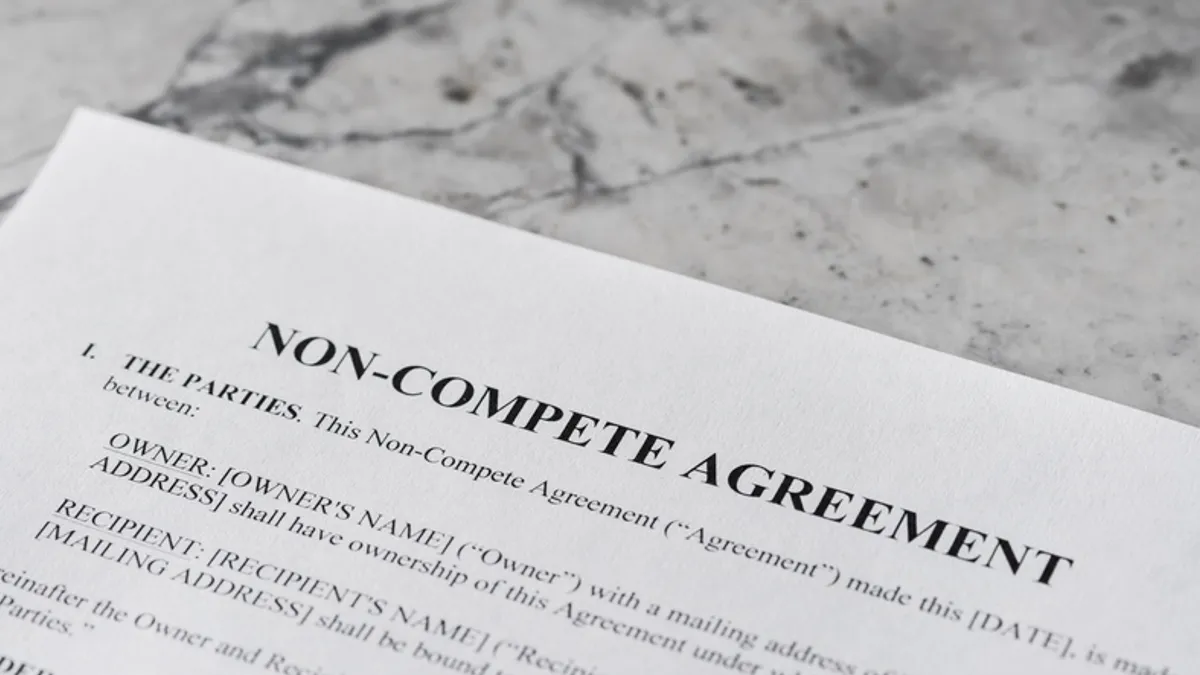Katie DeBord is vice president of legal technology company DISCO. Views are the author’s own.
Global interest in artificial intelligence has reached a fever pitch and it’s giving business leaders a new outlook on how to run their companies.
Across industries, AI, and specifically generative AI, is now a product developer, business accelerator and intelligence source.
From consumer-focused areas to financial institutions and sports, the creative ways in which industries are leveraging AI are spectacular and fun. Amazon Prime’s defensive alerts, for example, is an AI-driven predictive feature for football fans that tracks player movement and uses markers to identify players of interest that are likely to make the next big play. Bank of America’s Erica assistant uses the technology to analyze transactional data, providing customers with insights into their spending habits and financial health.
The rapid adoption and excitement around GenAI has now spilled over into the legal world, with some feeling it has the potential to alter the practice of law. While the legal industry has been slower than others when it comes to embracing transformational change, it’s at an inflection point. The business case for GenAI and other large language model-based tools is growing as they prove their capacity to augment strategic decision-making.

Chief legal officers, corporate general counsel and even GCs in law firms are facing a pivotal moment and must arm themselves with the right knowledge to grasp this new landscape defined by fierce competition and rapid innovation. No longer just legal advisers, GCs are now tasked with overseeing other critical areas, like how to deploy AI within their organizations. This role demands a strategic approach that not only ensures compliance but also creates opportunities to innovate the legal practice.
Establishing guidelines
While the legal sector is still in a learning curve period, in-house law departments will soon be tasked with establishing frameworks for AI governance to effectively manage integration. They should draw inspiration from initiatives like Dazza Greenwood’s Task Force on Responsible Use of Generative AI for Law, which sets forth principles that a lawyer should consider in using and deploying GenAI, to ensure that tools being used in legal departments are accountable and align with legal and ethical standards.
For instance, Greenwood points out a duty of competence in usage and understanding and outlines why GCs must possess the necessary knowledge and skill sets to use AI applications effectively. This means investing in training programs and resources to ensure technical proficiency among their staff and staying informed on the latest advancements to continuously assess an AI tool’s suitability.
Additionally, GCs should consider creating protocols for the supervision and evaluation of AI systems and creating requirements around client disclosure and consent.
And then there is the White House’s Executive Order on AI, recently updated, that aims to promote safe and trustworthy practices around its use. As these and other policy efforts continue to develop, GCs should mandate regular audits of their AI systems to ensure compliance and align with the transparency standards set by the government.
We are now seeing many more large enterprises, like Google, and their legal departments develop internal guidelines around AI to ensure safety, accountability and privacy and to uphold scientific rigor and adhere to ethical business standards. It will be crucial for these principles to focus on guiding an organization’s own AI standards and integration policies, which will then in turn lead to more responsible and principled AI use across industry.
Harnessing resources
In addition to establishing governing principles of AI use, law departments can benefit from exploring emerging governance models as they map out their AI implementation strategies. Understanding and leveraging emerging governance models can bolster governance efforts.
Building relationships with AI thought leaders and influencers is also invaluable for GCs, so they can better understand and address any queries or concerns that may arise, and learn how to effectively design AI strategies in the future. Fortunately, the legal innovation community is one that is close-knit and eager to share insights for the industry’s collective advancement. LexFusion, an advisor to law firms and legal departments, is one of those resources. Among other benefits, they have a robust content library spanning from recent developments in GenAI to up-to-the minute thought leadership on what legal leaders should be considering in its deployment and future use.
Addressing pitfalls
One obstacle to AI adoption is organizational hesitancy, which can be due to various concerns like the technology still being too nascent, the potential for AI hallucinations, or misconceptions about its reliability and greater business benefits. This reluctance not only deprives them of the advances of modern technology, but also results in missed economic value. Especially as GC spending is projected to increase, integrating AI into legal matters presents an opportunity to cost-control.
Before implementation, consider a few things: How is the technology staffed and supported? How long has it been in development and how are customers using it? These are critical questions organizations should be asking themselves.
Advancements in legal
To stay ahead, legal teams must not only embrace these advancements but also proactively integrate the technology into their operations. Optimism abounds across the industry when it comes to the future of AI in the practice of law. As we continue to see more organizations integrate GenAI solutions into their operations, GCs will increasingly become the gatekeepers overseeing this technological change.
As AI continues to reshape the legal sector, GCs must confidently navigate its complexities by establishing clear frameworks, leveraging existing resources, and embracing reliable solutions, so they can lead their organizations into an AI-enhanced future.
In 2024, we will continue to see the development and heightened awareness around the true current state of AI technology – what is possible, what is not, and what is on the near-term horizon. This awareness is critical as we further navigate an industry hype cycle, where the pace of innovation and adoption continues to accelerate. Corporate legal teams must embrace the moment and fill in the knowledge gaps in order to stay competitive and drive future success.


















